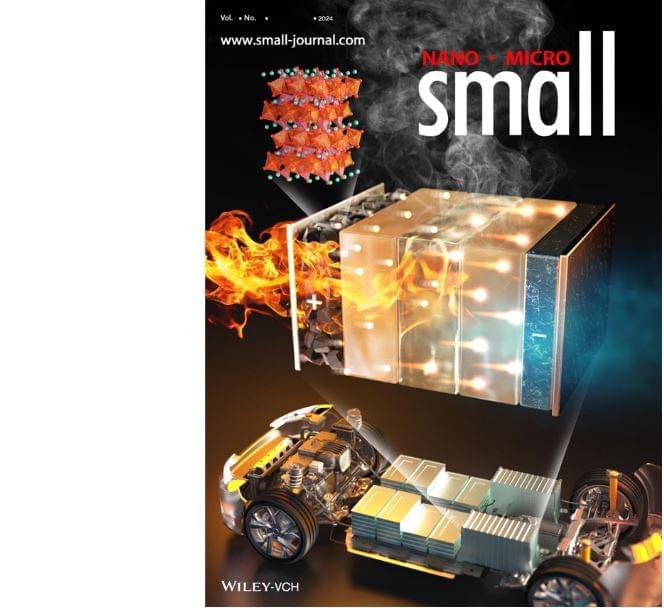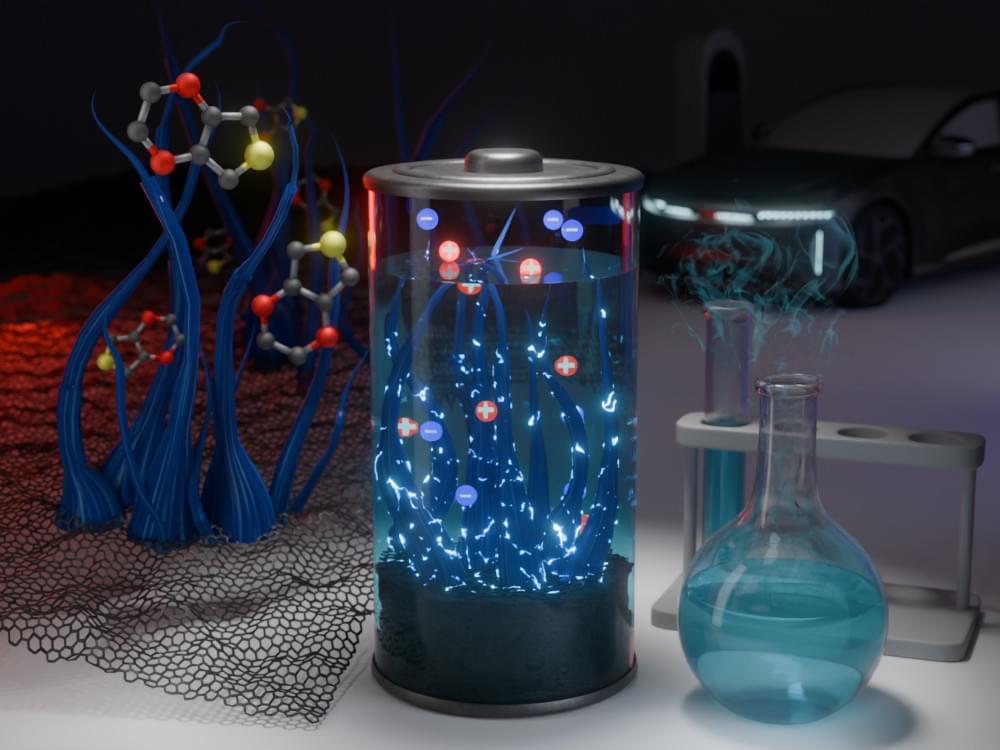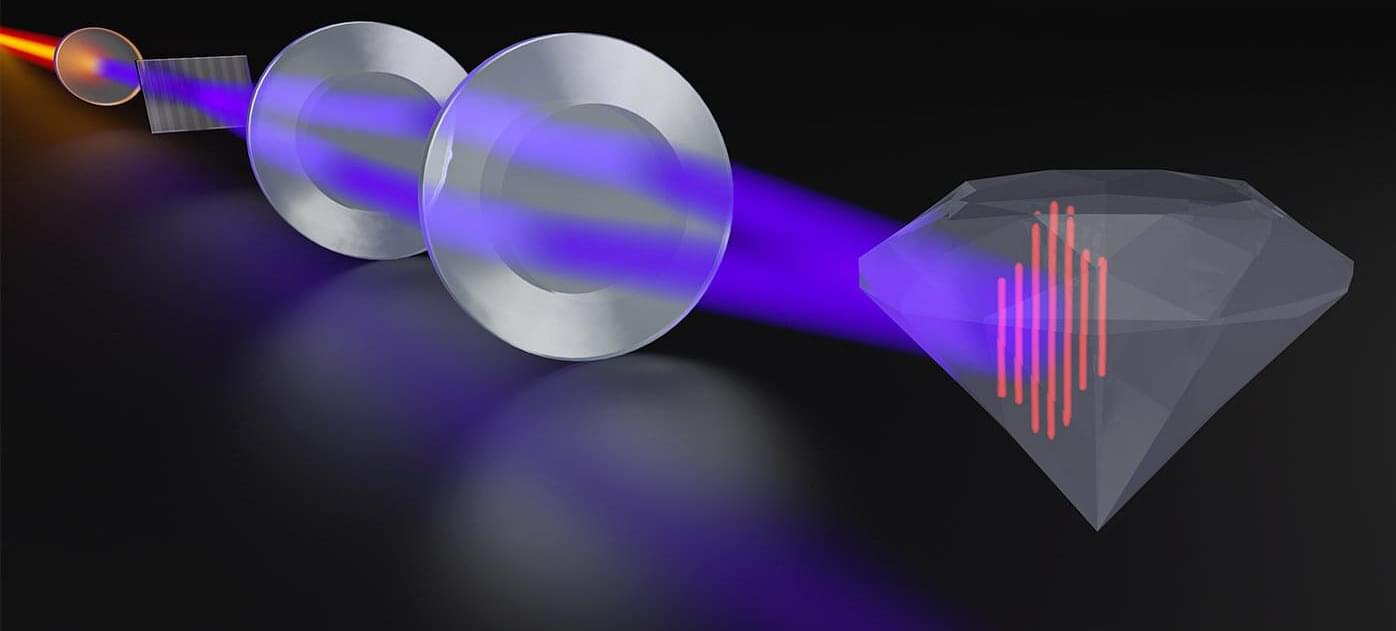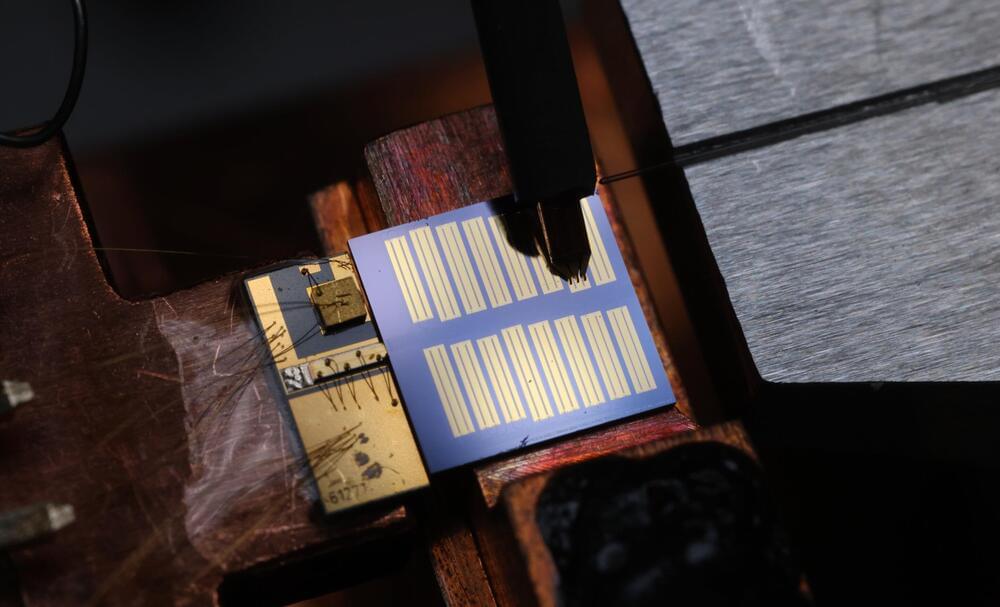In economics, the Jevons paradox (/ ˈ dʒ ɛ v ə n z / ; sometimes Jevons effect) occurs when technological advancements make a resource more efficient to use (thereby reducing the amount needed for a single application), however, as the cost of using the resource drops, overall demand increases causing total resource consumption to rise. [ 1 ] [ 2 ] [ 3 ] [ 4 ] Governments have typically expected efficiency gains to lower resource consumption, rather than anticipating possible increases due to the Jevons paradox. [ 5 ]
In 1865, the English economist William Stanley Jevons observed that technological improvements that increased the efficiency of coal use led to the increased consumption of coal in a wide range of industries. He argued that, contrary to common intuition, technological progress could not be relied upon to reduce fuel consumption. [ 6 ] [ 7 ]
The issue has been re-examined by modern economists studying consumption rebound effects from improved energy efficiency. In addition to reducing the amount needed for a given use, improved efficiency also lowers the relative cost of using a resource, which increases the quantity demanded. This may counteract (to some extent) the reduction in use from improved efficiency. Additionally, improved efficiency increases real incomes and accelerates economic growth, further increasing the demand for resources. The Jevons paradox occurs when the effect from increased demand predominates, and the improved efficiency results in a faster rate of resource utilization. [ 7 ] .








